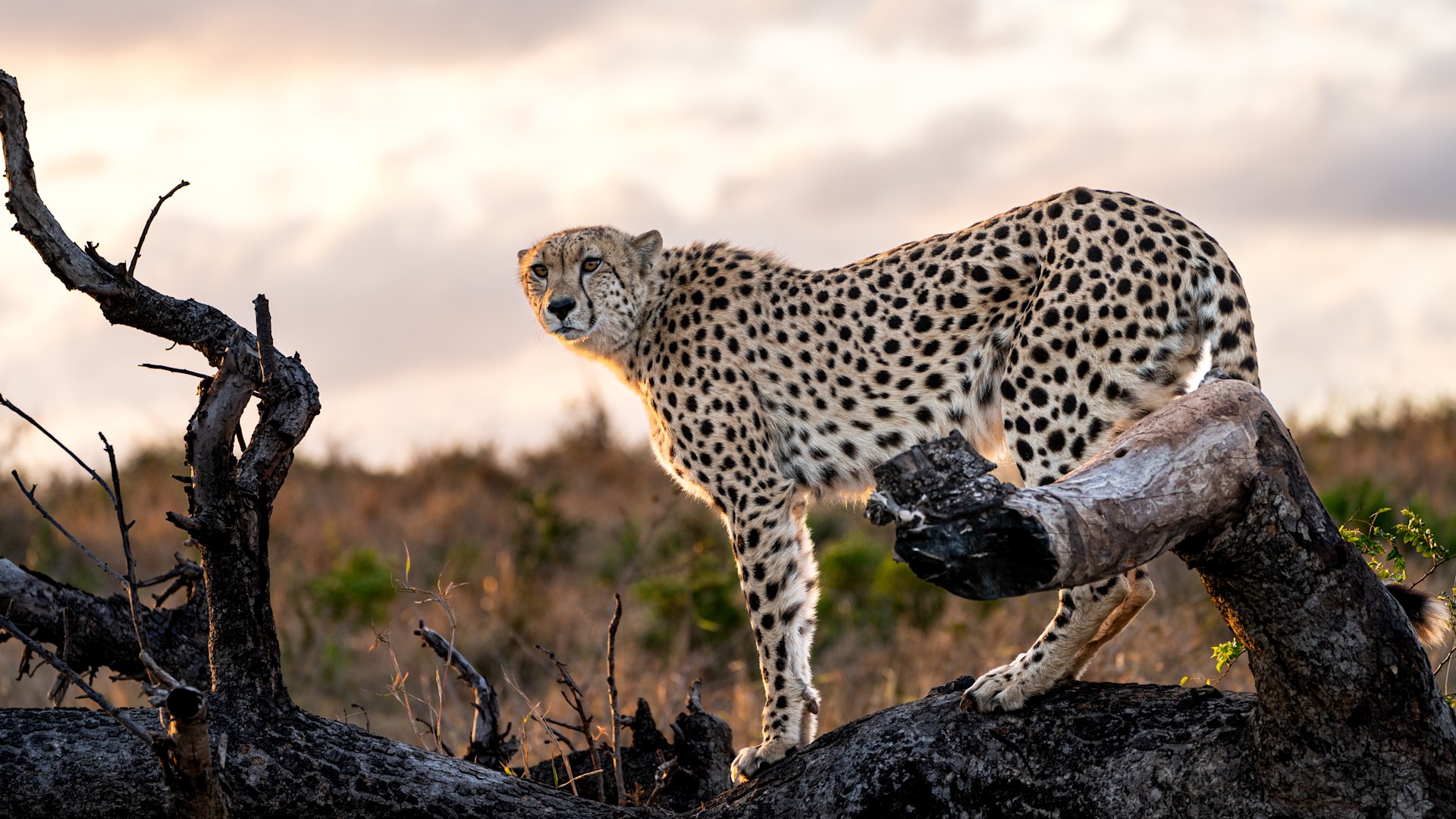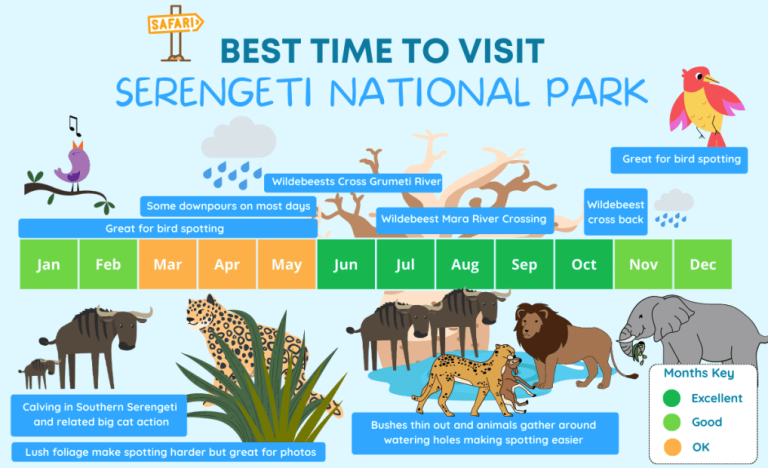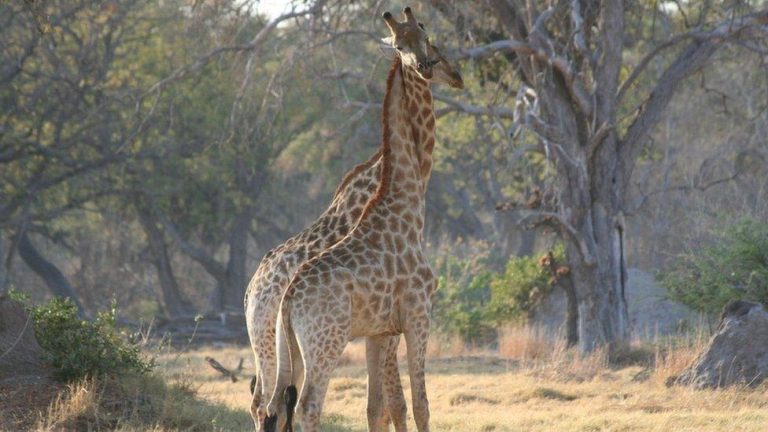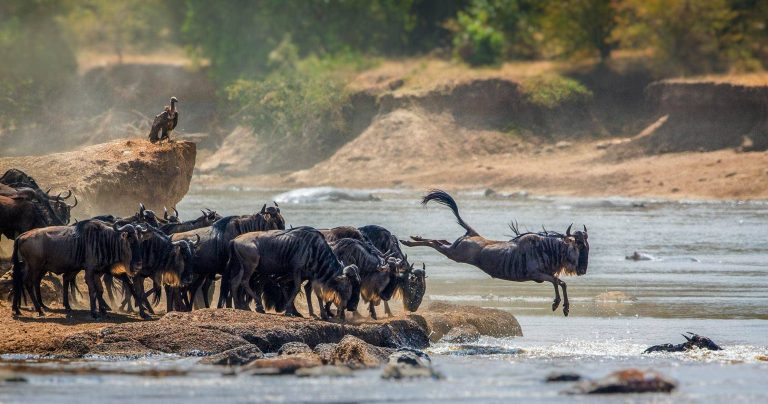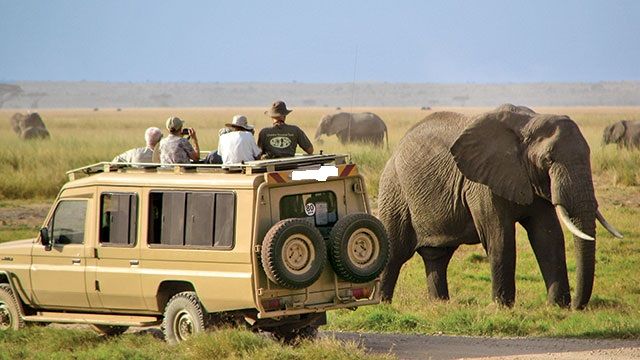The Serengeti is a vast and dynamic ecosystem filled with life, where survival depends not only on strength and speed but also on communication. While the roars of lions, the trumpets of elephants, and the calls of hyenas are well-known, much of the Serengeti’s wildlife communicates in complete silence.
Instead of vocalizing, many animals rely on body language, scent marking, visual cues, and even electromagnetic signals to convey information about territory, mating, danger, and social bonds. Understanding these silent conversations can offer travelers a deeper appreciation of the Serengeti’s hidden interactions.
1. Body Language: The Unspoken Gestures of the Wild
1.1. The Subtle Signals of Lions
Lions, the kings of the Serengeti, may be famous for their roars, but they also communicate through a range of postures and facial expressions:
- Tail movements: A gently flicking tail often signals irritation, while a raised tail with a tufted tip may indicate dominance or a warning.
- Ear positions: Flattened ears usually suggest aggression or submission.
- Head rubbing: Lions rub their heads together to reinforce social bonds, a silent display of affection within a pride.
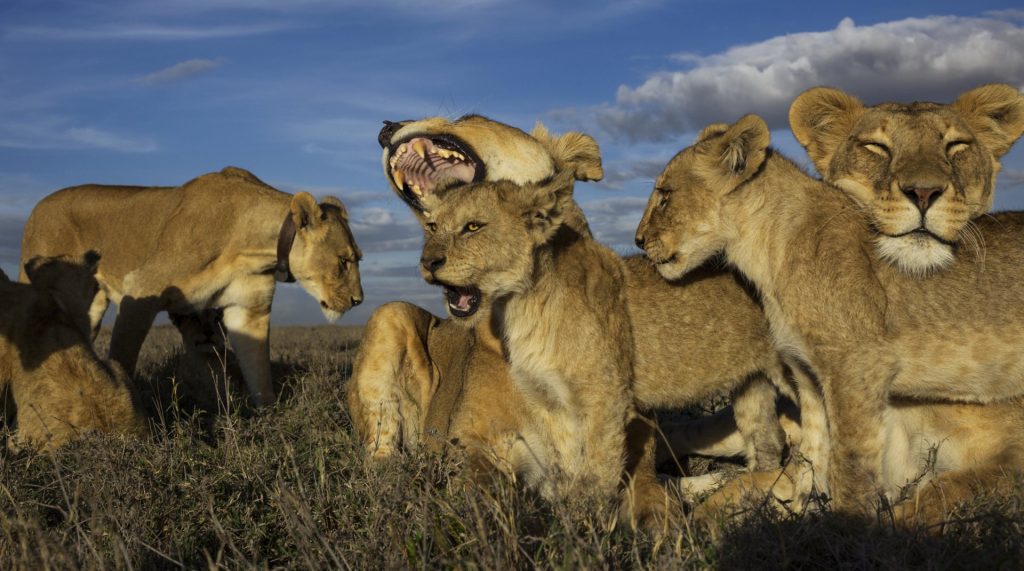
1.2. Elephant Trunk and Ear Movements
Elephants are one of the most expressive animals, relying on their massive ears, trunks, and body stance to communicate:
- Raised trunk: Signals excitement, curiosity, or greeting.
- Flapping ears: Helps in cooling but can also be a sign of agitation when done aggressively.
- Standing tall with spread ears: A defensive posture meant to intimidate predators or threats.
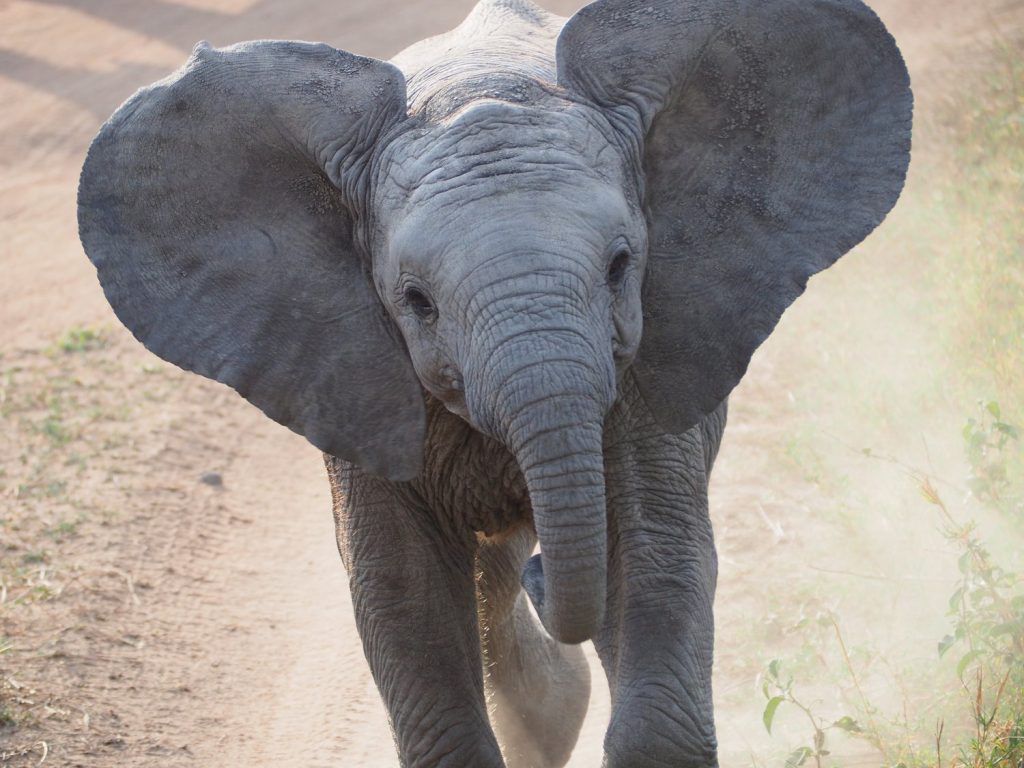
1.3. The Zebra’s Body Talk
Zebras, with their striking black and white coats, use body language extensively:
- Bared teeth with ears pinned back: A sign of aggression toward rivals.
- Head resting on another zebra’s back: Demonstrates trust and social bonding.
- Tail movements: Swishing tails can indicate irritation, often used to ward off insects or signal unease.
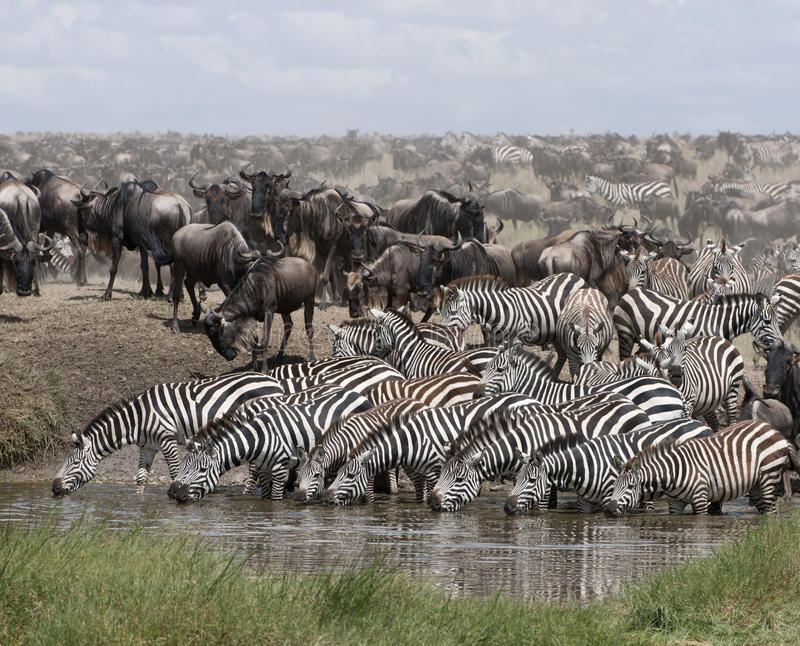
2. Scent Marking: The Serengeti’s Invisible Messages
Many species use chemical signals to communicate, leaving behind scent trails that convey information long after the animal has moved on.
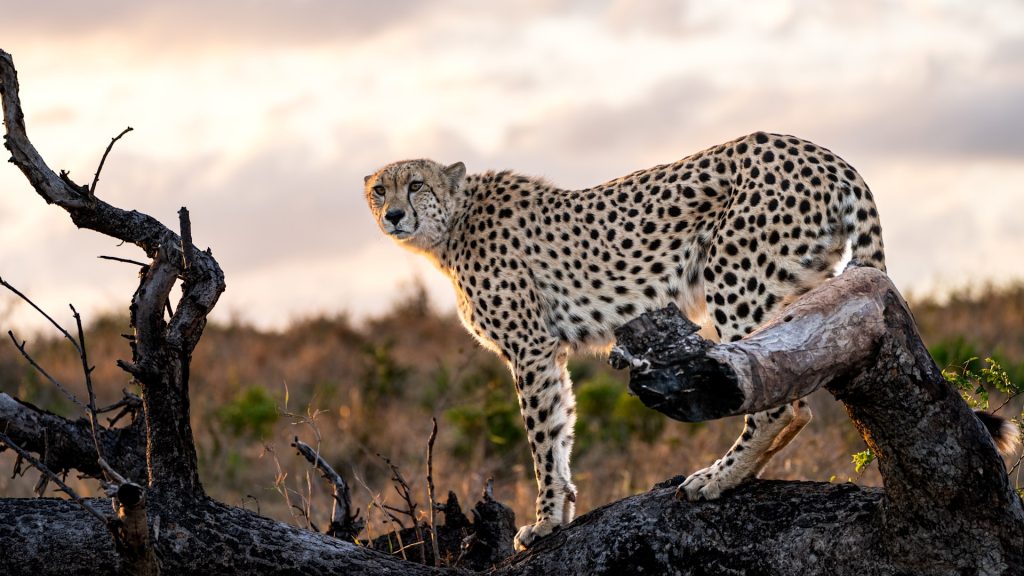
2.1. The Olfactory World of Big Cats
Lions, leopards, and cheetahs mark their territories with urine and gland secretions. This practice serves as an invisible boundary marker and a warning to intruders.
- Leopards spray urine mixed with pheromones on trees to signal their presence.
- Cheetahs use feces and anal gland secretions to mark hunting areas and avoid unnecessary fights with rivals.
2.2. Hyena Clan Boundaries
Hyenas use scent to define clan territories. Their specialized anal glands produce a pungent secretion, which they spread by dragging their rear ends across grass and rocks. These scents last for weeks, ensuring clear territorial boundaries.
2.3. The Giraffe’s Mysterious Scent Signals
Giraffes communicate through pheromones present in their skin and urine. Male giraffes engage in flehmen behavior, curling their lips to detect the reproductive status of females.
3. Visual Cues: Colors, Patterns, and Movements
Some species have evolved to use coloration and patterns to send silent messages.
3.1. The Wildebeest’s Coordinated Movements
Wildebeests, known for their epic migration, rely on group coordination without vocal cues. They move in near-unison, responding to the slightest shifts in their neighbors’ body direction.
3.2. The Flashing Signals of Gazelles
Gazelles use a fascinating technique called stotting—a high, stiff-legged bounce—to communicate with predators. This signals that they are fit and alert, discouraging pursuit.
3.3. The Warning Colors of the African Agama Lizard
Male agama lizards display bright blue and orange colors during mating season. These visual cues attract females and warn rival males to stay away.
4. Electromagnetic and Vibrational Communication: The Hidden Frequencies
Some of the Serengeti’s creatures communicate through vibrations and even electromagnetic fields.
4.1. Elephant Footsteps as Seismic Signals
Elephants have been discovered to detect vibrations through their feet. They can sense the approach of distant herds or thunderstorms through low-frequency seismic signals.
4.2. The Underground Chatter of Naked Mole Rats
These small rodents use vibrations in their underground tunnels to communicate without making a sound, ensuring coordination within their complex societies.
5. Observing Silent Communication on Safari
Travelers in the Serengeti can witness these silent interactions firsthand:
- Watch for tail movements, ear positions, and body postures to understand predator-prey dynamics.
- Look for scent-marking behaviors around trees, bushes, and rocks.
- Observe social interactions like grooming and playful nudging, which reinforce bonds within animal groups.
- Notice color changes and patterns, such as dominant male lions developing darker manes as a sign of maturity and strength.
Final Thoughts: A Deeper Connection to Wildlife
Understanding the Serengeti’s silent conversations allows travelers to experience the wilderness on a deeper level. Beyond the roars, chirps, and growls, an entire world of communication exists through movement, scent, and visual cues. The next time you find yourself in the Serengeti, slow down, observe, and listen—not just with your ears, but with your eyes and intuition. The wilderness is always speaking, even in silence.
Have you ever noticed silent communication among animals on your travels? Share your observations in the comments! 🦓🌿

